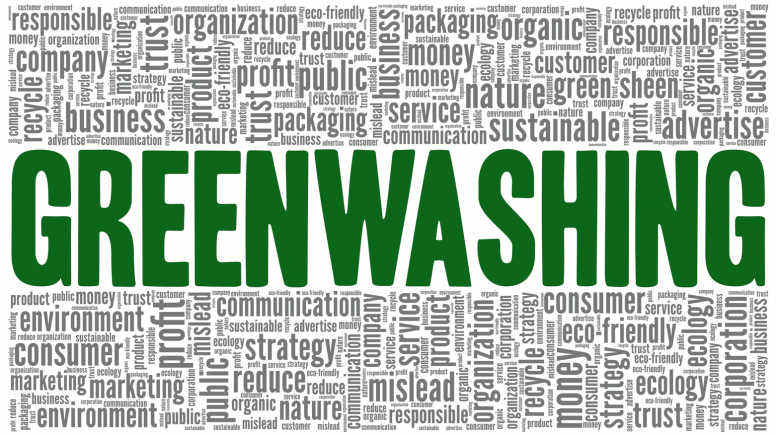Talking about sustainability is a minefield, no doubt. One misstep can lead to reputational damage or accusations of greenwashing or greenhushing. There are numerous nuances and complexities that need to be carefully addressed. On one hand, organisations must demonstrate genuine commitment to sustainability without overcommitting or making unrealistic promises. Overstating their efforts can lead to accusations of greenwashing if they fail to deliver on their commitments.
On the other hand, under-committing or downplaying their sustainability initiatives can result in accusations of greenhushing, where organisations are perceived as not being transparent about their genuine efforts.
Striking the right balance between showcasing achievements and acknowledging challenges is crucial in navigating this delicate terrain.
Navigating the Gray Areas
In a landscape where greenwashing and greenhushing blur the lines between truth and deception, how can organisations navigate the gray areas of sustainability communication effectively? Here are some key strategies:
1.Setting Meaningful Goals: This is the foremost and most important step. If organisations want to be taken seriously, they need to set meaningful, measurable goals that drive real impactful change. Whether it’s reducing carbon emissions, minimising waste, or promoting ethical sourcing, they have to ensure that their goals align with their values and are backed by concrete actions.
2.Embracing Accountability: Both greenwashing and greenhushing thrive in environments where transparency and accountability are lacking. Organisations have to be transparent about their sustainability practices, reporting on progress honestly and openly. By holding themselves accountable for their actions, companies can build trust with stakeholders and mitigate the risk of being accused of greenwashing or greenhushing.
3.Being Authentic: Authenticity kills greenwashing and greenhushing. Organisations must communicate their sustainability efforts with integrity, avoiding exaggerated claims or attempts to downplay their achievements.
4.Educating Stakeholders: By engaging with consumers, investors, and the media in open dialogue about their sustainability practices, organisations can dispel myths and misconceptions. This proactive approach fosters trust and credibility, making it more difficult for greenwashing and greenhushing tactics to gain traction.
5.Engaging Employees: Engaging with internal stakeholders is essential to ensure alignment and understanding of sustainability goals. Providing comprehensive training and educational resources helps internal audiences to understand how their roles contribute to the organisation’s broader sustainability goals. They gain a sense of ownership and commitment to sustainability initiatives and are well-prepared to communicate effectively with external audiences on this subject.
6.Listening and Learning: Effective communication is a two-way street. It is imperative to listen to feedback from stakeholders, including consumers, activists, and experts, and be willing to learn from both successes and failures. Adapting the approach based on insights gained, demonstrating a willingness to evolve and responding to changing expectations adds authenticity to an organisation’s sustainability narrative.
It requires a nuanced understanding of sustainability issues, effective communication strategies, and a commitment to transparency and authenticity. In this dynamic landscape, organisations must tread carefully, ensuring that their sustainability messaging aligns with their actions and values, while also acknowledging the complexities and challenges inherent in the journey towards a more sustainable future.
The views and opinions published here belong to the author and do not necessarily reflect the views and opinions of the publisher.



Be the first to comment on "The Minefield of Greenhushing and Greenwashing"